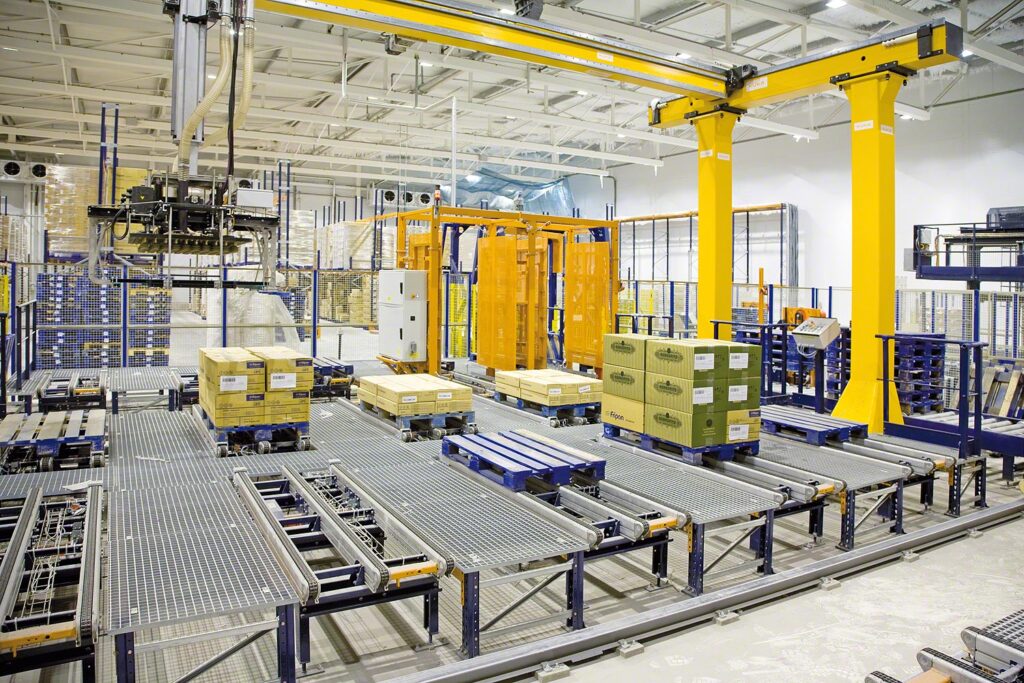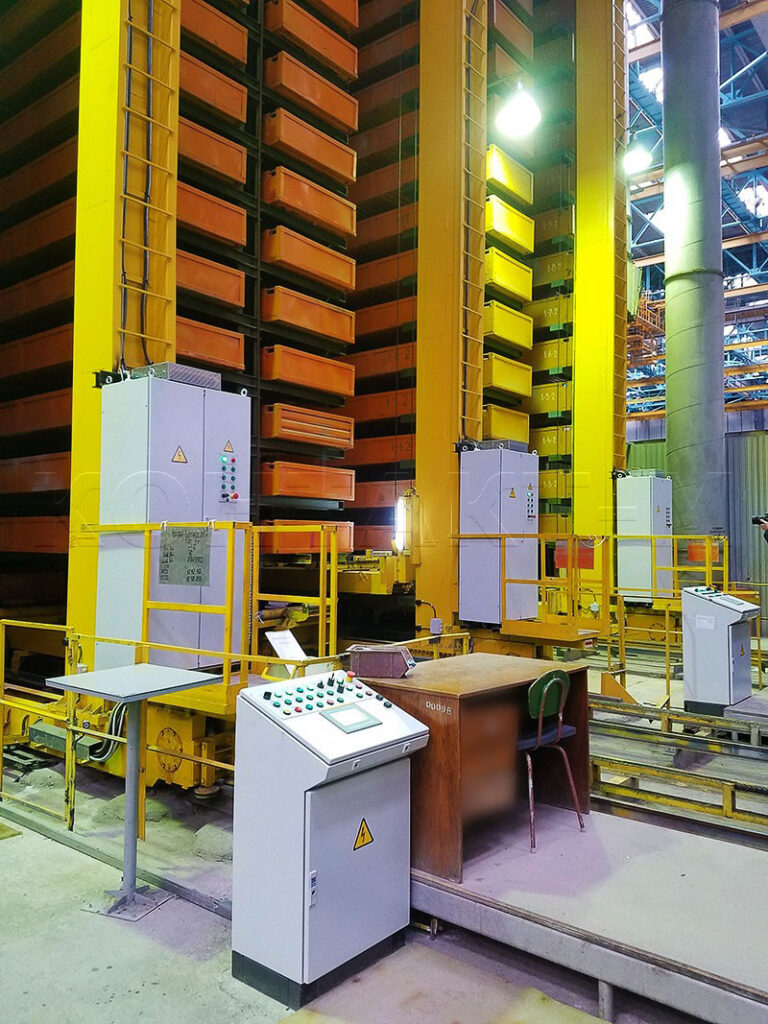Warehouse stacker cranes - UDT course
We would like to invite you to attend a UDT training course on the use of warehouse stacker cranes. Stacker cranes are one of the devices best used to automate warehouse operations. They are an increasingly popular option for companies wishing to modernise and increase the efficiency of their warehouses and their storage and transport processes. We offer professional training in the use of these devices.
Training - course and objectives
Training in the use of warehouse stacker cranes is a course designed for warehouse workers who want to learn how to use storage and handling equipment correctly. During the training, participants will learn how to operate stacker cranes safely, what types of stacker cranes there are and their uses, as well as how to prepare the stacker crane for work and how to maintain it. In addition, trainees will learn about the rules for carrying out warehouse traffic and the regulations for working at height. Training in the use of warehouse stacker cranes is particularly important for the workers who use these machines on a daily basis, as it allows them to work safely and efficiently, as well as to avoid possible accidents related to the improper use of stacker cranes.
What is a warehouse stacker crane and what is it used for
Warehouse stacker cranes primarily serve to facilitate and improve the automatic process of load distribution in industrial warehouses. These devices move along the aisles of the racking much faster than equipment that requires human guidance. The process of both loading and unloading is thus much more efficient, which optimises the work in the warehouse. The stacker cranes have a special microprocessor that is responsible for their control. Their work is therefore mainly based on collecting materials from the so-called infeed conveyor and then placing them on a designated rack. It also works the other way round: they pick up the load from the rack and place it on the outfeed conveyor.
WMS
The WMS - which stands for warehouse management system - is the computer software responsible for the operation of the stacker cranes. It controls their microprocessor and is responsible for monitoring the distribution of the loads.
Operating modes of stacker cranes
There are three modes in which the stacker cranes operate:
- manual - the control is handled by the operator, usually during maintenance work,
- semi-automatic - the operator enters the data into the computer,
- automatic - a suitably programmed computer controls the stacker crane itself.
Division of warehouse stacker cranes
Stacker cranes can be subdivided in several respects.
Design:
- cranes,
- suspended with a special turntable,
- single-column,
- two-column.
Gripping mechanism:
- pitchforks,
- gripper,
- conveyor.
Technical specifications, which include:
- lifting capacity,
- maximum height,
- travel speed of the stacker crane,
- acceleration speed of working movements,
- lifting and lowering speed,
- ejection and return speed,
- maximum load dimensions.
Advantages of stacker cranes:
- automation of the entire freight transport process,
- stock under constant control,
- eliminating the imperfections of the human factor,
- the possibility of agreeing on factors such as temperature,
- optimisation of the entire warehouse,
- greater safety at work,
- easy to operate and service.
Stacker cranes optimise warehouse work, making it easier in aspects such as handling loads at great heights, reducing transport times or handling larger loads.
Questions and Answers
What are the warehouse stacker cranes used for?
This is a type of automatically operating equipment whose task is to transport loads to the designated racks or from the racks to the appropriate locations.
Why use stacker cranes in warehouses?
Warehouse stacker cranes optimise and streamline loading operations in warehouses and improve safety.



































